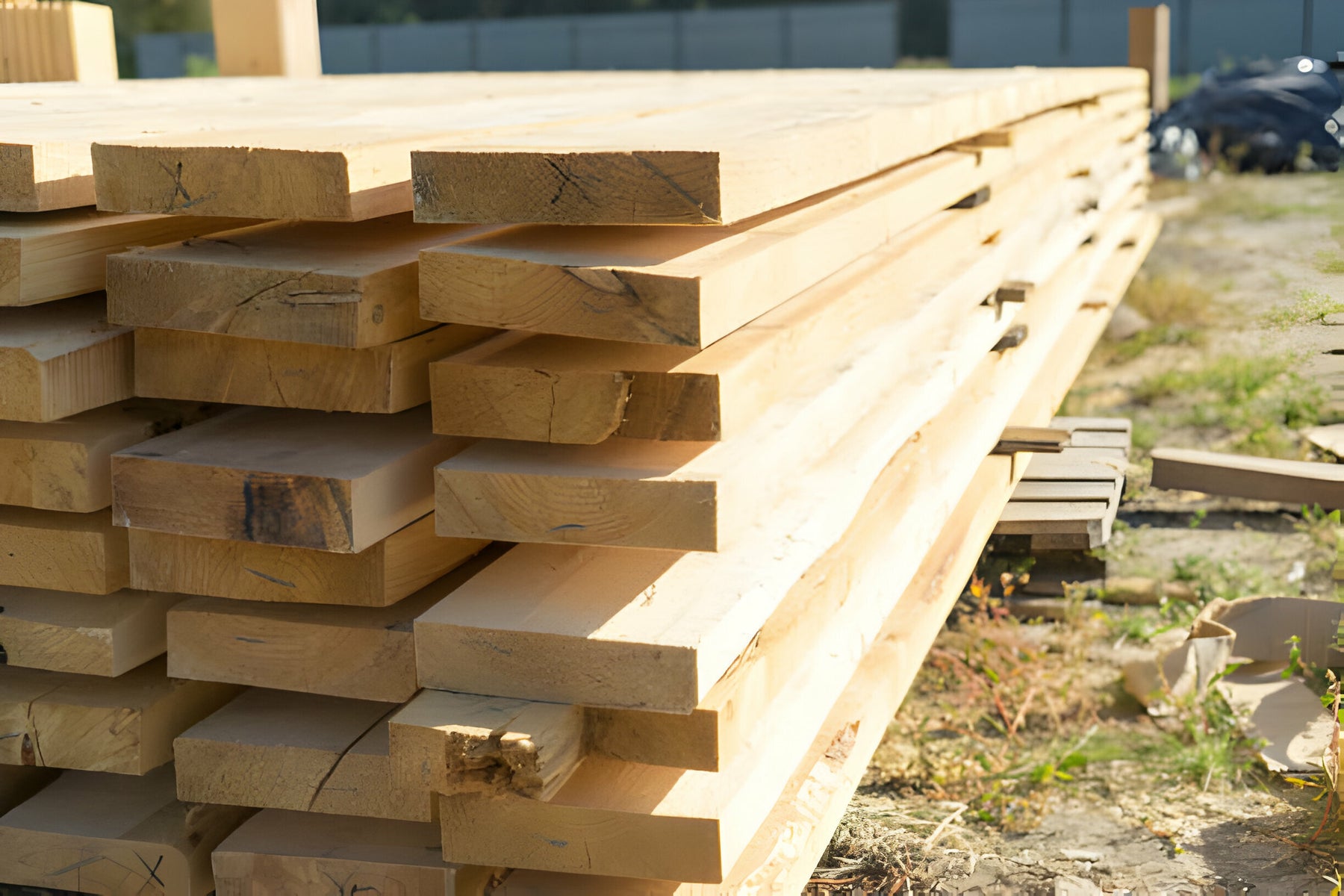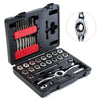
DIY Furniture: Matching Wood Species to Your Design
Embarking on a do-it-yourself (DIY) furniture project can be both exciting and rewarding. Whether you're a seasoned woodworker or a beginner, one of the key decisions you'll face is choosing the right wood species for your project. The type of wood you select can greatly influence the final appearance, durability, and overall success of your creation. In this guide, we'll explore the vast world of wood species and help you make informed decisions based on your design, preferences, and intended use.
Understanding Wood Species
Before diving into the specifics of different wood species, it's essential to understand the fundamental characteristics that set them apart. Wood can be categorized into two main types: hardwood and softwood. Hardwoods come from deciduous trees, such as oak, maple, and cherry, while softwoods are derived from evergreen trees like pine, cedar, and spruce.
Each type of wood has its own unique set of properties, including hardness, density, color, and grain pattern. Hardwoods are generally denser and more durable, making them suitable for furniture projects, while softwoods are often lighter and more affordable.
Related Article: Choosing the Right Wood Species for Your DIY Projects
Consider Your Design
The first step in choosing the right wood species is to consider the design of your DIY furniture. Different projects require different characteristics in the wood to achieve the desired aesthetic and functionality. Here are some common design considerations and the corresponding wood species that complement them:
Rustic Charm: Pine and Cedar
If you're aiming for a rustic or farmhouse-style piece, softwoods like pine and cedar are excellent choices. They feature pronounced grain patterns and knots that add character and warmth to your furniture.
Modern Elegance: Maple and Walnut
For a sleek and modern look, consider hardwoods like maple or walnut. These woods have smooth, straight grains and a fine texture that lends itself well to contemporary designs. Maple's light color can be stained to achieve various shades, while walnut offers a rich, dark tone.
Classic and Timeless: Oak
Oak is a timeless choice that suits a wide range of styles. Its prominent grain and durability make it suitable for both traditional and contemporary designs. Oak furniture can withstand the test of time and can be stained or finished in various ways.
Exotic and Unique: Teak and Mahogany
If you're looking to create a statement piece, consider using exotic hardwoods like teak or mahogany. These woods showcase unique colors and grain patterns, adding a touch of luxury to your DIY furniture. Keep in mind that these woods can be pricier, but their distinctive beauty may be worth the investment.
Consider the Durability
The intended use of your DIY furniture plays a crucial role in selecting the right wood species. Different woods have varying levels of hardness and durability, making them more suitable for specific applications. Here's a breakdown of wood species based on durability:
Highly Durable: Teak and Ipe
If your project will be exposed to the elements, such as outdoor furniture, consider highly durable woods like teak or ipe. Teak is naturally resistant to decay and insects, while ipe is known for its extreme hardness and resistance to wear.
Moderate Durability: Oak and Maple
For indoor furniture that will experience regular use, hardwoods like oak and maple offer a good balance of durability and aesthetic appeal. These woods can withstand daily wear and tear while maintaining their beauty over time.
Low Durability: Pine and Cedar
Softwoods like pine and cedar are less dense and generally less durable than hardwoods. While they are suitable for indoor furniture, they may not be the best choice for pieces that will face heavy use or outdoor exposure without proper sealing and maintenance.
Consider the Budget
Wood prices can vary significantly, and your budget will inevitably play a role in your wood species selection. Exotic hardwoods and certain high-end species can be costly, while more common varieties may be more budget-friendly. It's crucial to strike a balance between the aesthetic appeal you desire and the budget you have in mind.
Budget-Friendly Options: Pine and Poplar
If you're working on a tight budget, softwoods like pine and poplar are economical choices. While they may lack the density and durability of hardwoods, they can still produce beautiful and functional furniture when treated and finished properly.
Mid-Range Options: Oak and Maple
Oak and maple fall into the mid-range in terms of price. They offer a good balance between affordability and quality, making them popular choices for a wide range of DIY furniture projects.
Premium Choices: Walnut and Teak
Exotic hardwoods such as walnut and teak are on the higher end of the price spectrum. While they may require a larger investment, these woods are prized for their exceptional beauty and durability, making them suitable for high-end projects.
Environmental Considerations
As awareness of environmental sustainability grows, many DIY enthusiasts are seeking wood options that are eco-friendly and responsibly sourced. When choosing a wood species, consider the environmental impact, and opt for woods certified by organizations such as the Forest Stewardship Council (FSC).
Sustainable Choices: Bamboo and FSC-Certified Woods
Bamboo is a rapidly renewable resource and an excellent choice for environmentally conscious DIYers. Additionally, many hardwoods come with FSC certification, ensuring they are harvested sustainably and responsibly.
Reclaimed and Salvaged Wood
Another environmentally friendly option is using reclaimed or salvaged wood. Old barn wood or repurposed lumber from demolished structures not only adds character to your furniture but also reduces the demand for new timber.
Finishing and Maintenance
The finishing process can significantly impact the final appearance and longevity of your DIY furniture. Different wood species respond differently to stains, paints, and sealants. Consider the following factors when deciding on finishing touches:
Stain Absorption: Maple and Cherry
Some woods, like maple and cherry, have a tight grain that may not absorb stains as easily as others. Pre-treating these woods with a wood conditioner can help achieve a more even stain application.
Natural Beauty: Teak and Mahogany
Exotic hardwoods like teak and mahogany often showcase their natural beauty best when finished with clear sealants or oils. These finishes enhance the wood's color and grain, providing a warm and inviting appearance.
Paint ability: Poplar and Pine
If you plan to paint your furniture, consider woods with a smooth and even grain, such as poplar and pine. These woods are receptive to paint and can be easily customized to match your desired color scheme.
CONCLUSION
Maintenance is another crucial aspect to consider. Some wood species require more care than others to maintain their appearance and structural integrity. Hardwoods like teak and ipe are known for their low maintenance requirements, while softer woods may need regular sealing and protection from the elements.
Choosing the right wood species for your DIY furniture project is a decision that involves a careful balance of aesthetics, functionality, budget, and environmental considerations. By understanding the characteristics of different wood species and considering your specific design and usage needs, you can make an informed choice that ensures the success and longevity of your creation.
Whether you're crafting a rustic coffee table, a modern bookshelf, or an outdoor dining set, the wood you select will play a crucial role in the final outcome. Embrace the variety of options available and let your creativity flourish as you embark on your woodworking journey. Remember, the right wood species is not just a choice; it's a key ingredient in turning your DIY vision into a stunning reality.



